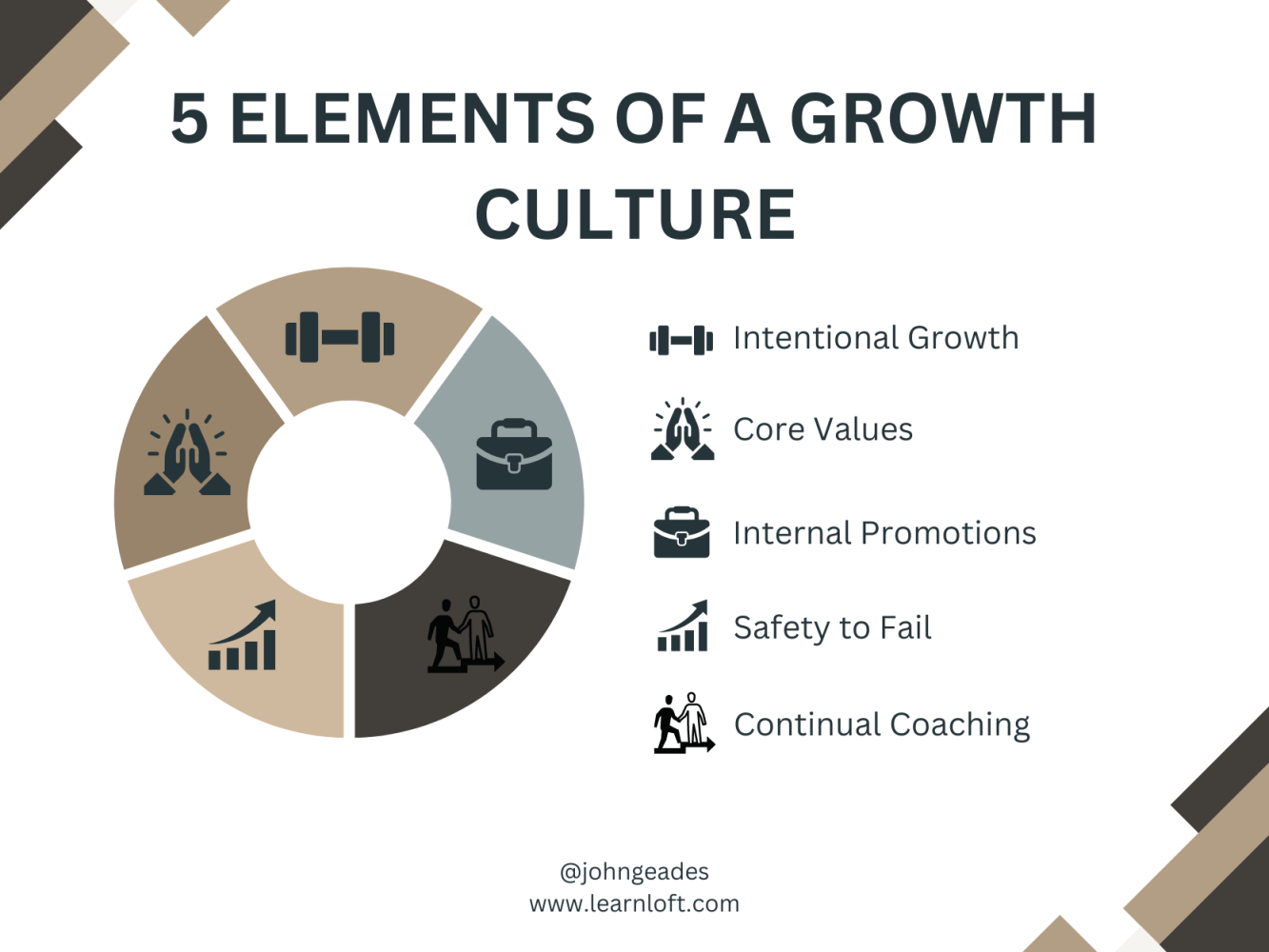Comments
- No comments found

Creating a culture that fosters the growth and development of team members is a battle worth fighting.
Culture, by definition, is the shared values and beliefs that guide thinking and behavior. You would be wrong if you thought of culture as soft or some magical dust in the air in a few exceptional companies. Culture is the foundation that sets organizations and teams up for sustained success.
Peter Drucker famously said, “Culture eats strategy for breakfast.” Drucker didn’t mean the strategy wasn’t necessary, but he did know that when a group of people are aligned with their values and beliefs, their habits and behaviors would be a more promising route to sustained success.
Most employees want to be part of an elite culture that fosters and promotes their growth and development. Instead, most executive leaders lack the knowledge and ability to make it happen. If only more leaders grasped this critical culture and leadership principle:
Companies don’t grow, people grow, and they grow companies.
The easiest way to spot a toxic culture is to find a company that doesn’t care about learning and development. One where the CEO or Management Team feels they have arrived instead of continually arriving.
Embracing the responsibility that you both shape and impact the culture of your organization, team, or family is one of the most critical mindset shifts that happen in any leader’s journey. The reason is simple, when leaders prioritize culture, team members will gladly give the best version of themselves daily.
If leaders prioritize culture, team members will gladly give the best version of themselves daily.
Whether you are the CEO of a Fortune 500 company, lead a small team, or guide a family, five primary elements make up a growth culture:

If you genuinely have your employees’ best interests at heart, you won’t merely be focused on driving company growth. Instead, you will actively encourage your team members to seek learning on their own and get a little bit better each day. John Wooden famously said, “You have to apply yourself each day to becoming a little better. By becoming a little better each and every day, over a period of time, you will become a lot better.”
If you asked the vast majority of professionals if they want to get better, the answer would be a resounding “yes.” While the desire to grow is great, that’s not how growth works. As I tell leaders in the Catalyst for Growth Program:
Change is inevitable. Growth is intentional.
The only way growth happens is through intentional action. Most leaders struggle to navigate when a team member is unwilling to make the deliberate action to become a better version of themselves. Each team member must make a personal decision and take maximum ownership of their education.
Core values are the fundamental truths one holds to be true. Many organizations have defined their core values, but most don’t have one centered around learning and development. Take Alabama Head Basketball Coach Nate Oats as an example. One of his first orders of business to turn around the Crimson Tide was to install three core values to guide his players and staff.
He said in his introductory press conference in March of 2019, “We have three core values, and we established a culture playbook a few years ago. We talk about maximum effort – that’s every workout, weight room session, and every practice our guys are going to give max effort, and we’re going to demand a lot out of them. Continuous growth is another core value. We’re going to get better every day. We need guys that want to get in the gym and work on their own. We’re going to get a culture in which they want to get better every day and that goes for academics and growing as young men as well. Selfless love. We’re going to teach our guys how to love each other and love this community and treat each other well.”
Today, Alabama is one of the best teams in college basketball, and the continuous growth of coaches and players is a big part of their success.
Proving to employees that efforts to promote a growth mindset are more than just lip service. A previous workforce activity study by Global Talent Monitor found that 40 percent of employees who left their job cited a “lack of future career development” as a primary motivator for quitting.
Leaders must consider how their actions — especially hiring and promotion practices — reflect on their commitment to career development and a growth mindset. When new positions open up, consider hiring from within.
This doesn’t mean hiring from the outside is evil or shouldn’t be strongly considered. However, giving internal team members a serious look at promotional opportunities is a fantastic way to foster a growth culture.
Promoting a culture that embraces failure and learning from mistakes is a hard thing to do. No one sets out or desires failure. However, the best leaders understand that failure isn’t evil and it’s an essential step to long-term success.
Can you imagine if innovative entrepreneurs like Henry Ford or Steve Jobs were in a culture that immediately shut them down the minute they failed? We wouldn’t have great cars or awesome phones, we would have quitters.
Failure is not final, failure is feedback.
This is why I coach leaders to think about failure differently. Failure is not final, failure is feedback.
Psychologist Abraham Maslow famously said, “Every day, we can step into growth with courage or retreat into safety.” The key word here is courage. Without people willing to step out and do something when they are scared, creating a growth culture is almost impossible. It turns out that’s something you help people develop.
Dr. Will Sparks, the author of Actualized Leadership, said, “It’s the person’s responsibility of whether or not they will take growth steps. You can’t claim the outcome, but you can coach and encourage them.”
The key here is leaders being willing and able to provide continual coaching and feedback. Coaching is a critical leadership skill that should be taught across the organization.
Only you and your team members know if the elements of intentional growth, core values, internal promotions, safety to fail, and continual coaching are present in your team or organization.
Regardless of where you are, strong or weak, there has never been a more critical time to create a culture that values growth and development because it’s a battle worth fighting for.
John is the CEO of LearnLoft, author of, F.M.L. Standing Out & Being a Leader and host of the 'Follow My Lead' Podcast. He writes or has been featured on Inc.com, LinkedIn Pulse, TrainingIndustry.com, eLearningIndustry.com, CNBC Money, and more. John completed his education at the University of Maryland College.
Leave your comments
Post comment as a guest